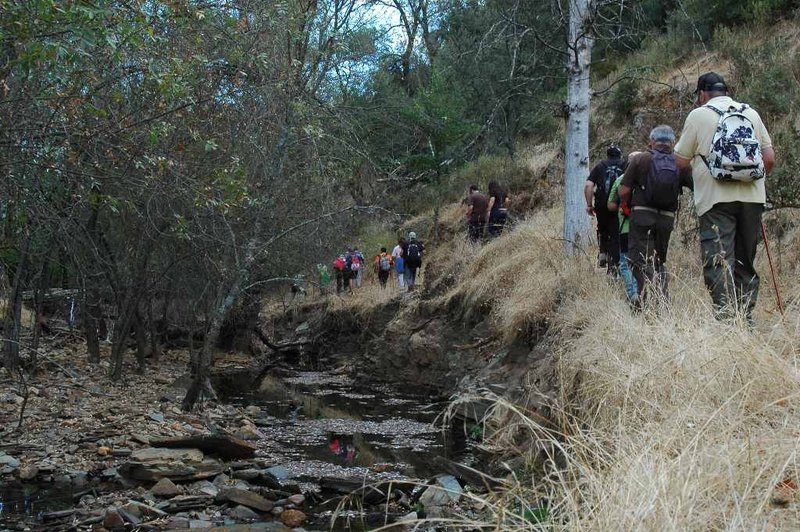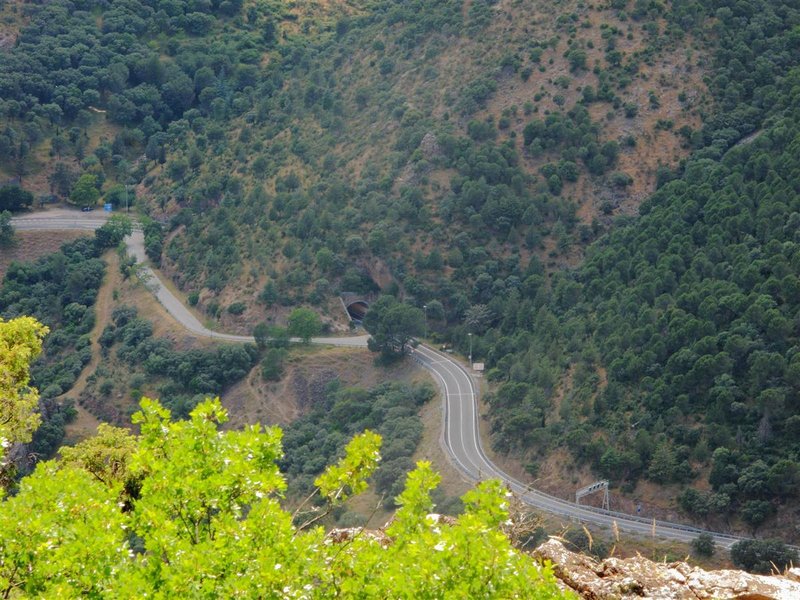Despeñaperros

The Despeñaperros rock, a sharp and menacing wall, was built as a threat to protect the treasures held within. Below, the water gently licks at it, leaving its mark.
To the north of the province of Jaén, an impregnable barrier of huge quartzite rocks rise inDespeñaperros cutting the route between the upper Guadalquivir and the plains of La Mancha. The determined but always patient water has eroded the rocks, creating inexpicables paths that were not there before. Thus, the Despeñaperros River and its tributaries, such as Magaña, have gradually opened small gaps, used as a means of communication between Castile and Andalusia through the Sierra Morena.
The most spectacular display of these steep rocks can be found in the natural monument of Órganos, extremely hard rocks that resemble the large vertical tubes of an organ. Other examples, next to the crossroad of the motorway, are the Salto del Fraile and Las Correderas.


































































